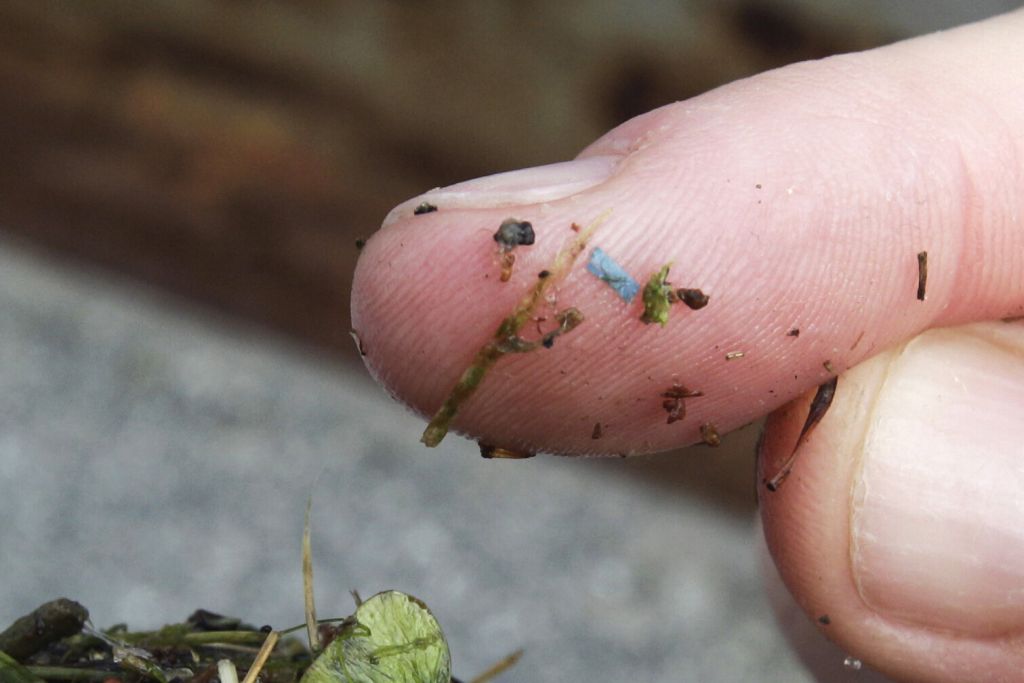
A new study found dramatic increases in microplastics in recent human brain samples compared to brains from just eight years ago.
The study, published Monday in the journal Nature Medicine, analysed 24 brains of people who died within a few months of January 2024. When researchers compared those results with 28 brains collected in 2016, they found that levels of micro- and nanoplastics had jumped about 50% in less than a decade.
The results were also shocking when researchers analysed the brains of 12 people who were diagnosed with dementia before they died. Those brains had dramatically higher amounts of plastics, more than five times the levels from 2024 on average.
 Microplastics are smaller than a pencil eraser, but nanoplastics are thinner than the width of a human hair.
Microplastics are smaller than a pencil eraser, but nanoplastics are thinner than the width of a human hair. “Every time we scratch the surface, it uncovers a whole host of, ‘Oh, is this worse than we thought?’” Professor Matthew Campen, a lead author of the report from the University of New Mexico, told The Washington Post.
Researchers say it’s too early to link microplastics to diseases like dementia, as such patients have weaker blood-brain barriers that could lead to more plastics in the samples, the Post added.
“Atrophy of brain tissue, impaired blood–brain barrier integrity and poor clearance mechanisms are hallmarks of dementia and would be anticipated to increase [micro- and nanoplastic] concentrations,” the paper warns.” Thus, no causality is assumed from these findings.”
Most of the plastics found in brain tissue were tiny nanoplastics far narrower than a human hair. Those particles were largely from polyethylene, which is used in plastic bags and to package food and bottled drinks.
To bolster their findings, the researchers later obtained brain tissue from samples taken between 1997 and 2013 to see if there was any notable increase from that period as well. There was. Plastic concentrations were more than double in the 2016 brain samples and almost four times higher in the brains from 2024.
The paper notes that the full extent of the microplastics on human health remains unclear.
However, study after study has shown increased levels of microplastics in both the environment and the human body. Scientists said last May they found microplastic in every human testicle they sampled, and such particles have been found elsewhere, including in the liver, blood and placenta.


